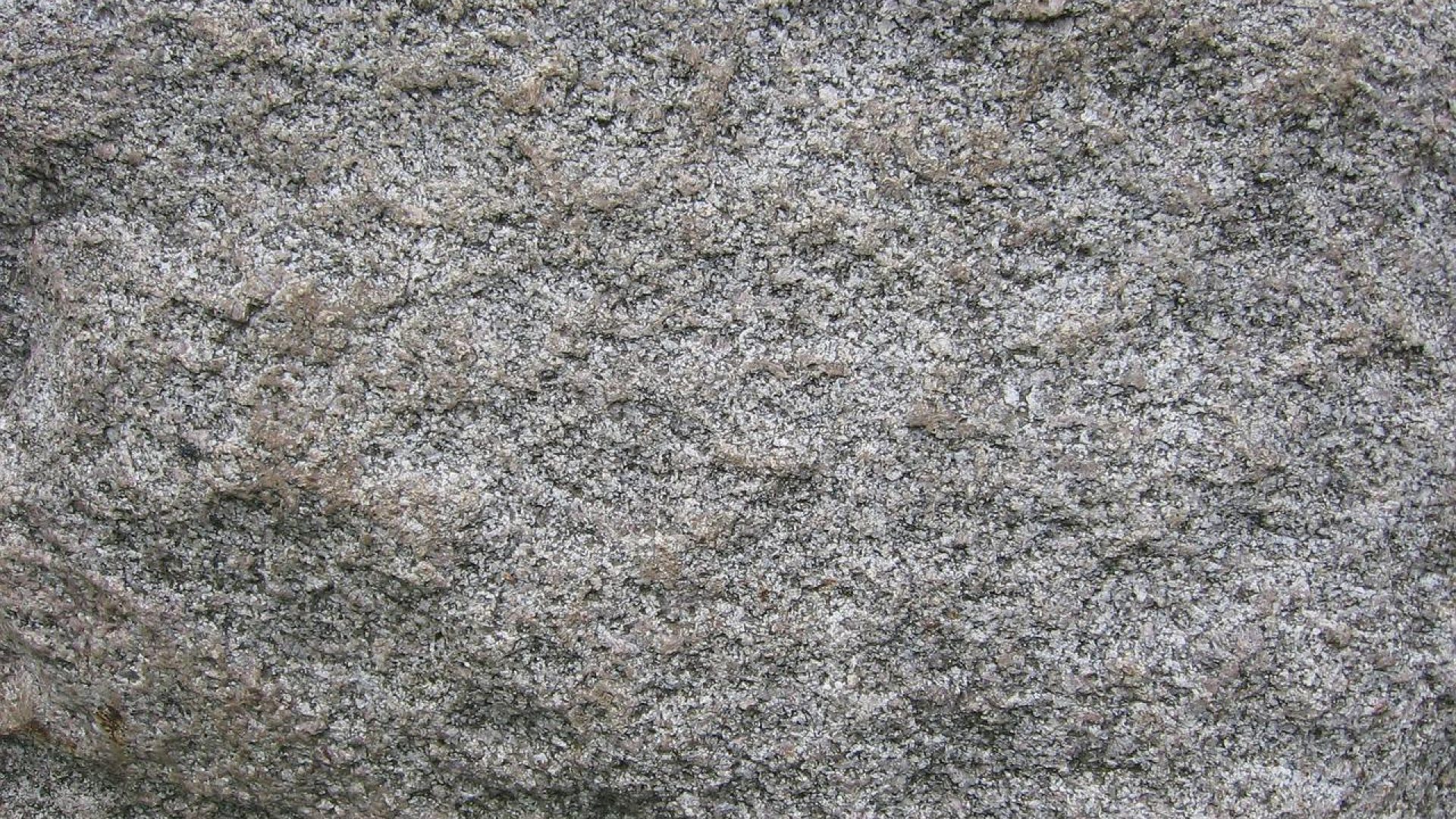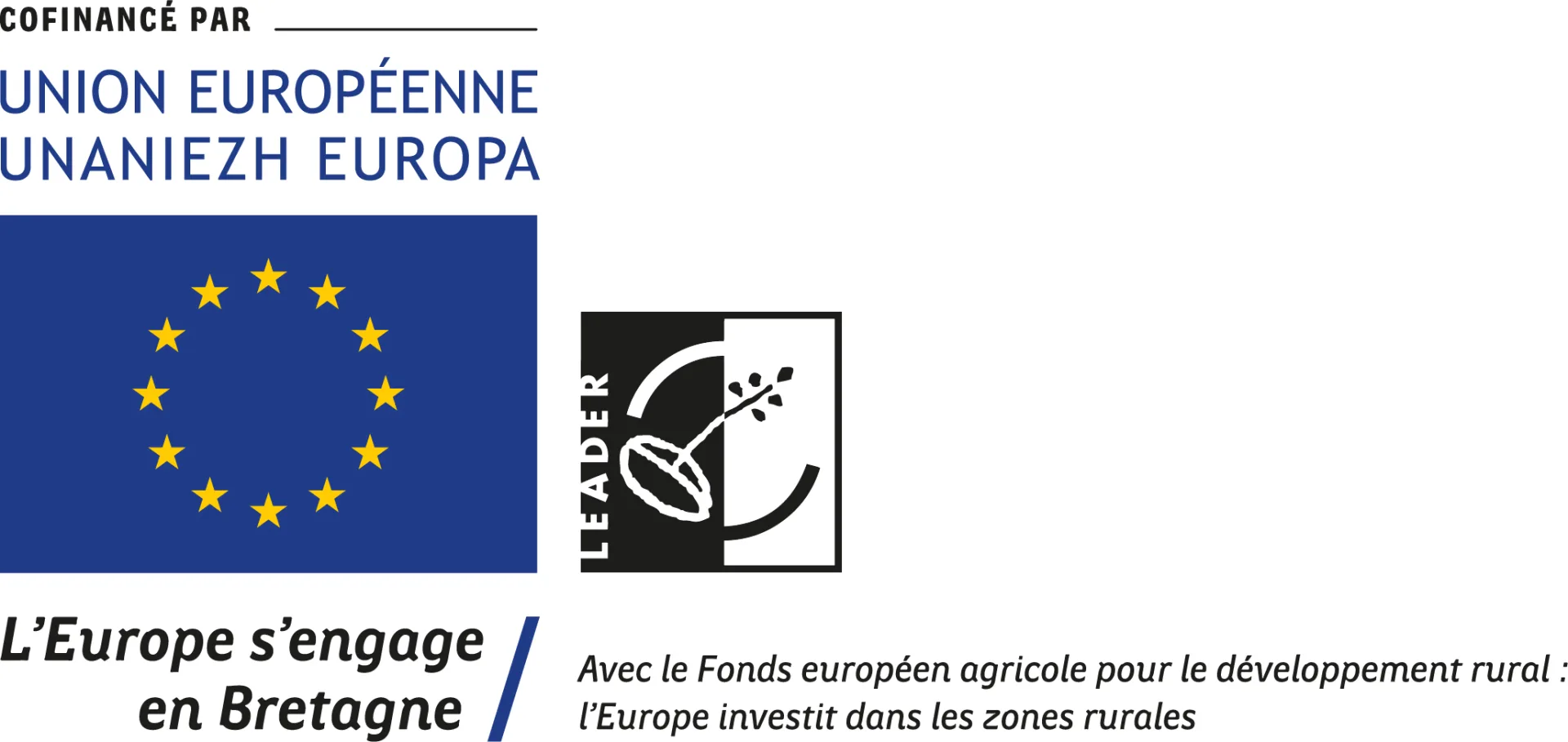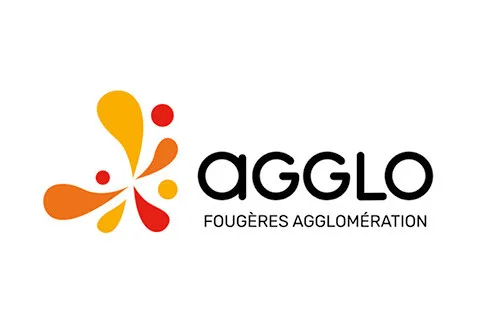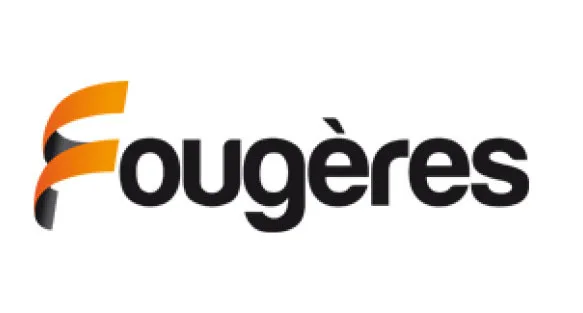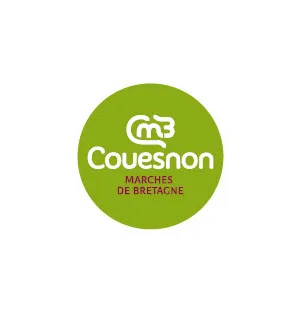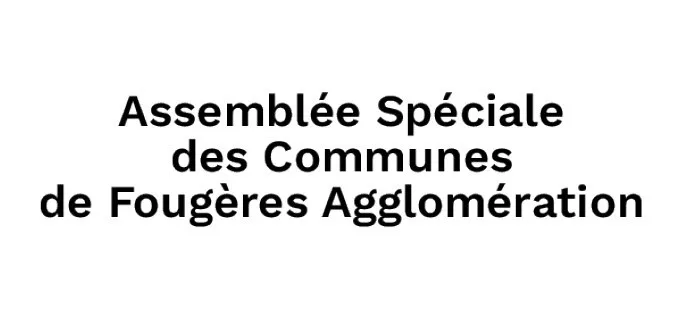The manufacturing history of the town of Fougères dates back to the Middle Ages, making the medieval town one of the oldest craft towns in Brittany. A look back at a rich heritage of know-how and local traditions.
Fougères, cradle of the industrial revolution
Thanks to the proximity of the Nançon river, crafts began in medieval times with the production of canvas and sheets, whose reputation even exceeded French borders! The work of tin and the exploitation of wood also allowed the installation of clog makers and coopers. This wood, associated with soda from ferns and silica from sand quarries, was also conducive to the development of glassware : until the beginning of the 2000s, the city was in fact home to the Upper Brittany crystal factory, with prestigious clients such as Hermès, Courrège, the Ritz… proof of Fougeres know-how!
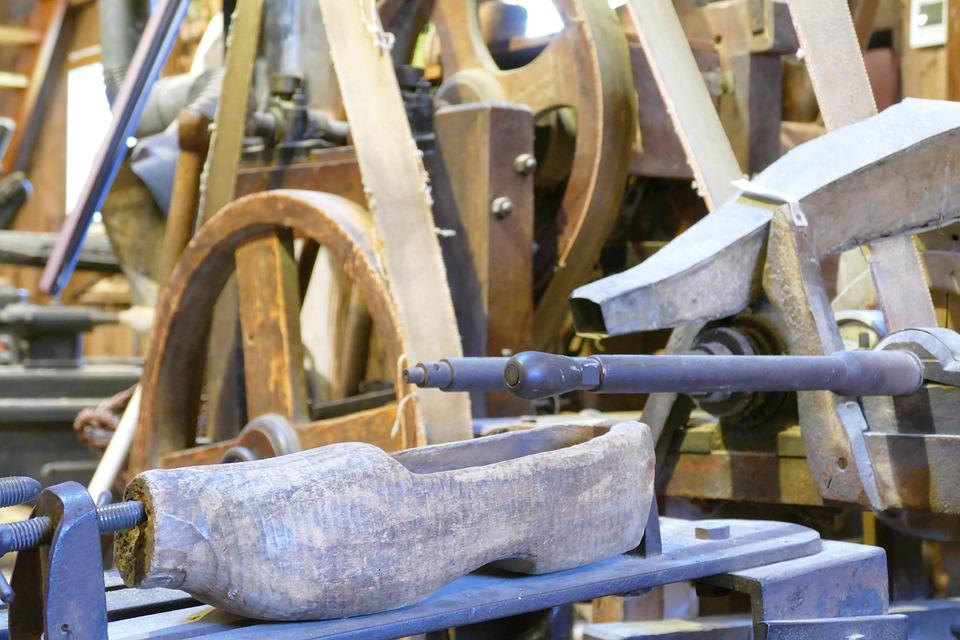
Fougères was also long considered the Shoe Country, whose production during the Industrial Revolution doubled its population! Of this know-how, today only the old Morel & Gaté factories remain, adorned with magnificent Odorico mosaics.
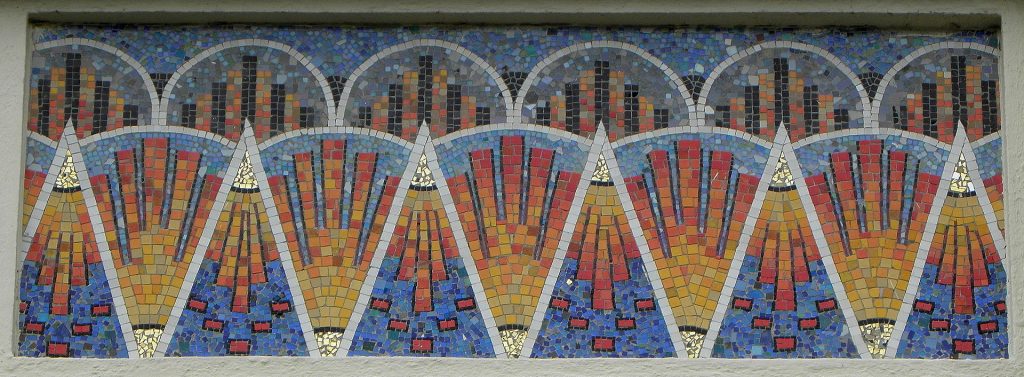
Granite, craftsmanship and symbol of local habitat
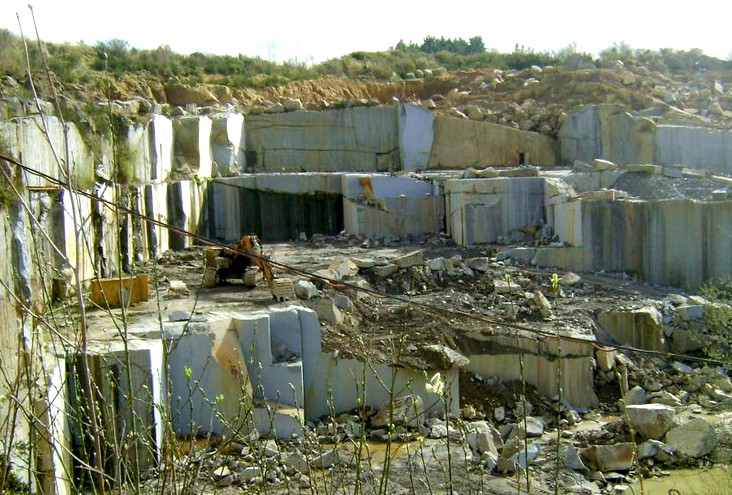
Exploited for several centuries in the Pays de Fougères, in particular in the Coglais basin and in Louvigné-du-Désert, you will be able to note during your visit of the territory that granite is typical of the local Fougerais habitat. The Stone and Nature House in Mellé testifies to the know-how of the " woodpeckers (stonecutters in Gallo) and offers you a “Stones and Nature” circuit which will take you to La Beurrière, where there are granite sculptures.
Don't leave without visiting Melleco, which offers a permanent exhibition to visitors dedicated to rural heritage around sustainable development and ecological transition!

The Stone and Nature House, Mellé
The village of Saint-Christophe-de-Valains also worth a visit to view the local granite habitat. This village, nestled between woods and rivers, is a pleasure for hikers. Its village has preserved a traditional quality building. A panorama of the Minette Valley will also be available to walkers.
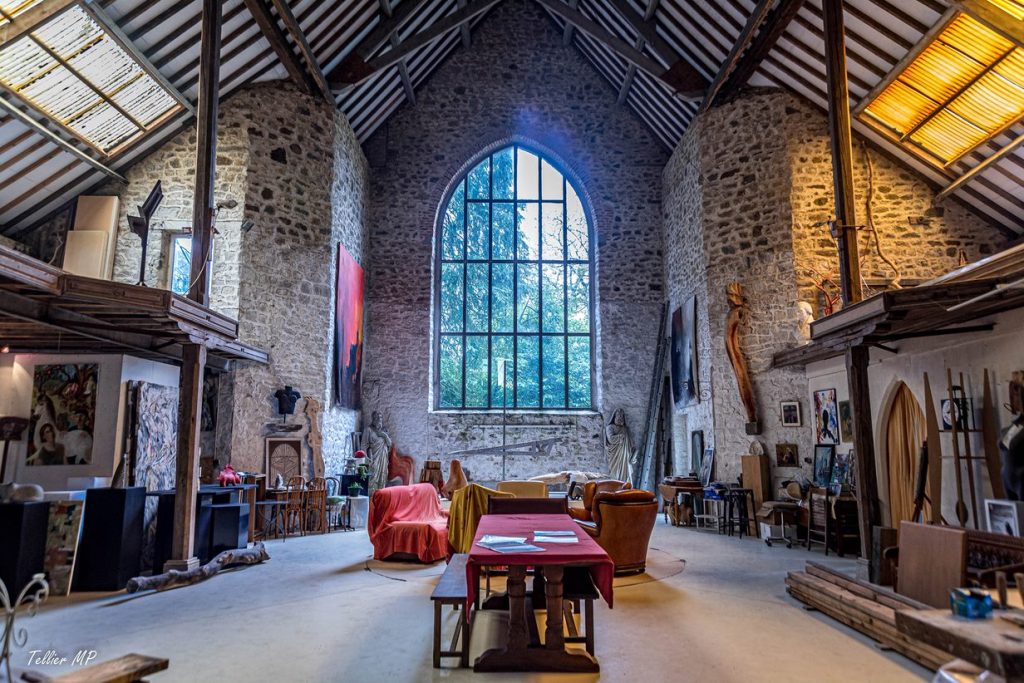
Le Galo, what is it?
Brittany has two historic languages as its heritage: Breton and Rooster. Still spoken by 5 to 10% of the population of Upper Brittany, and understood by more than double, it is estimated that Gallo originated at the time of the Romanization of Armorica (i.e. between the XNUMXst and XNUMXth centuries! ). Nowadays, the population knowing how to speak Gallo begins to die out, the Granjagoul has therefore set itself the goal of perpetuating the transmission of the language!
In Parcé, the Granjagoul's mission is to promote the local oral popular culture: the Gallo. Open to all, this space allows you to discover the Gallo and all its culture. Many activities are offered for all types of audiences: concerts, exhibitions, conferences, workshops, storytelling shows, evenings, courses, workshops, truant games...
Do not leave without the specialty of the Pays de Fougères: The pommé of course!
No doubt, the Pays de Fougères will delight your pupils, but also your taste buds!
Especially with his local specialty, the Pomme. Made according to ancestral traditions, the Pommé is " ramouged (mixed) for 24 hours to the sound of accordions in large copper cauldrons. Neither jam nor fruit paste, the apple is born from a slow reduction of a juice of cider apples freshly picked and will accompany your sandwiches, cooked dishes and will mix perfectly in the mouth with foie gras.
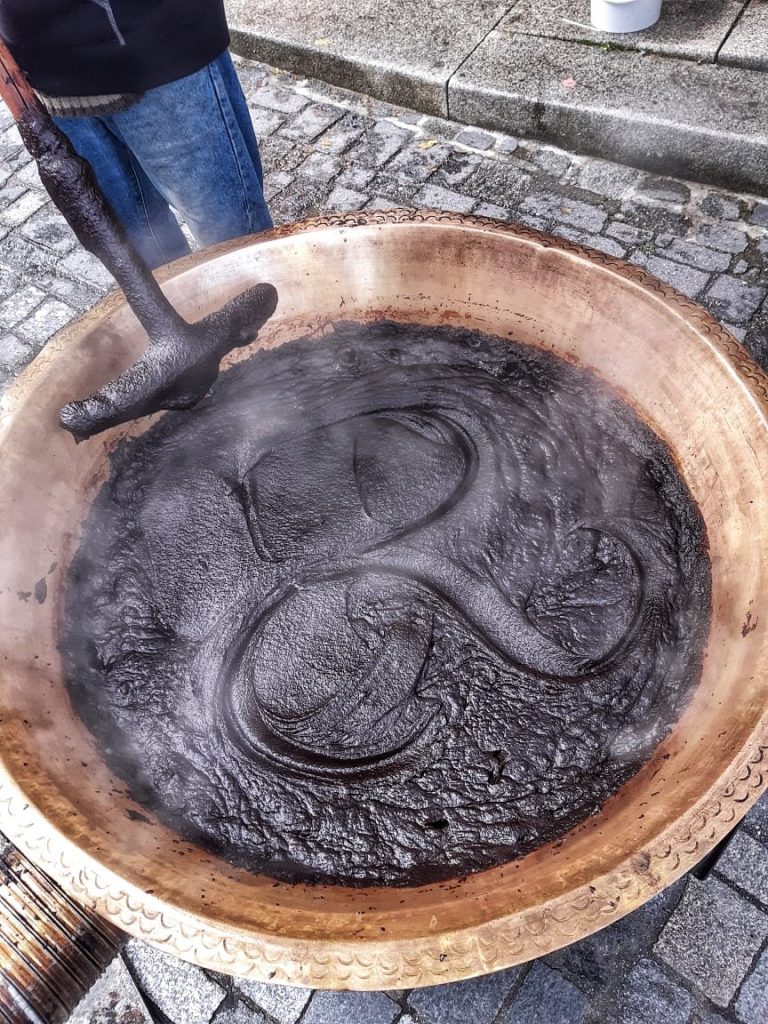
Pommé ramougery Destination Fougeres Tourist Office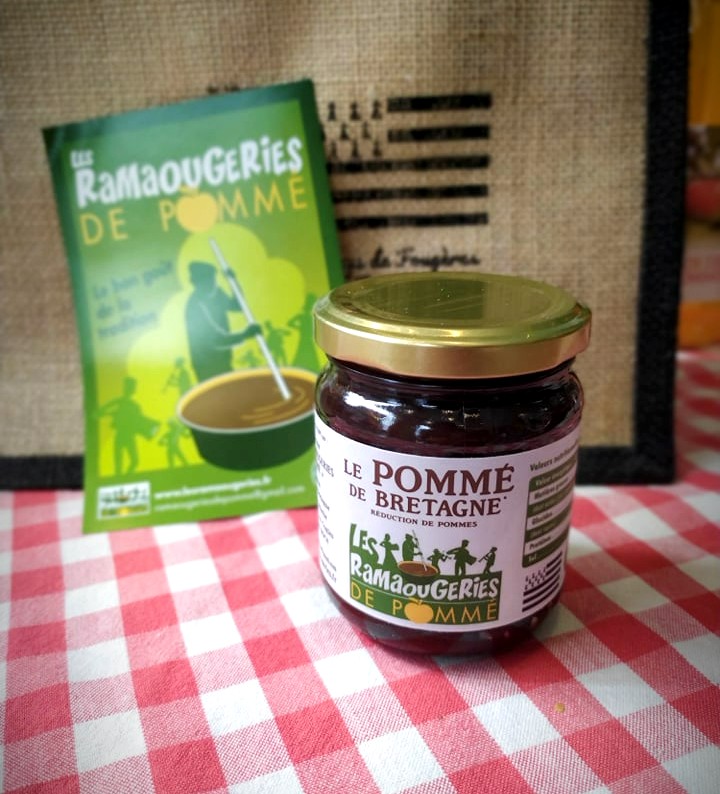
Jar of Pommé, made in Brittany Destination Fougeres Tourist Office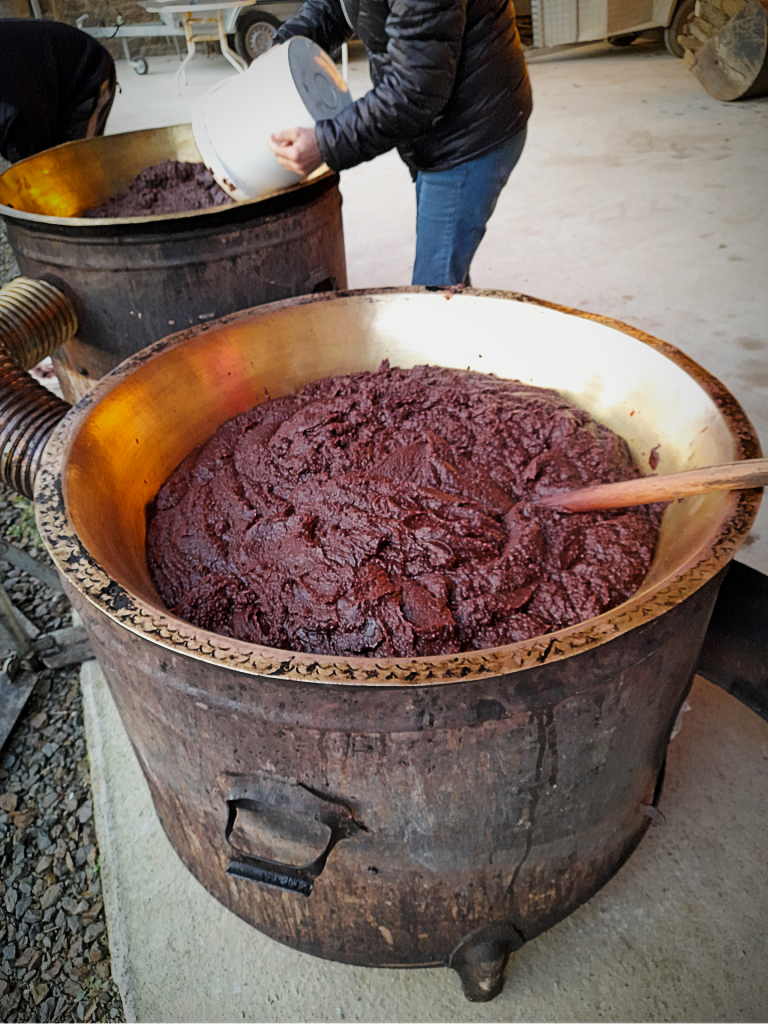
Pommé ramougery Destination Fougeres Tourist Office
Available for sale at the Tourist Office shop, where you can also find other local products, like local beer made by the Office team!

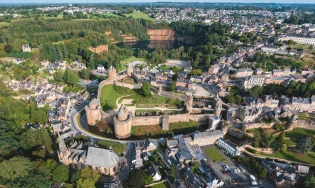
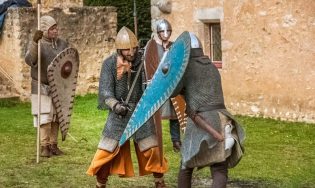

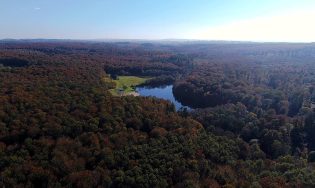
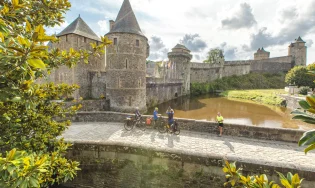
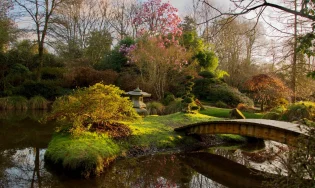
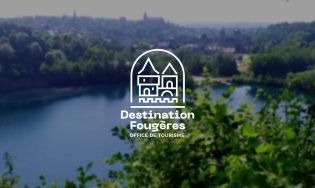
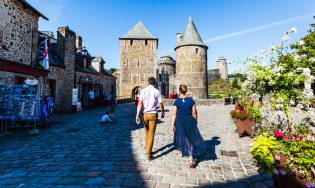





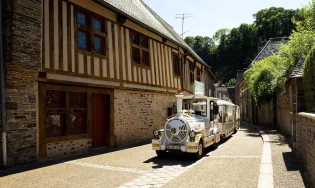
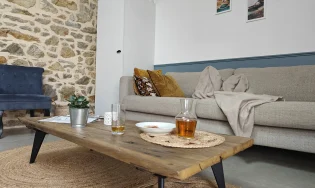

 Groups
Groups

